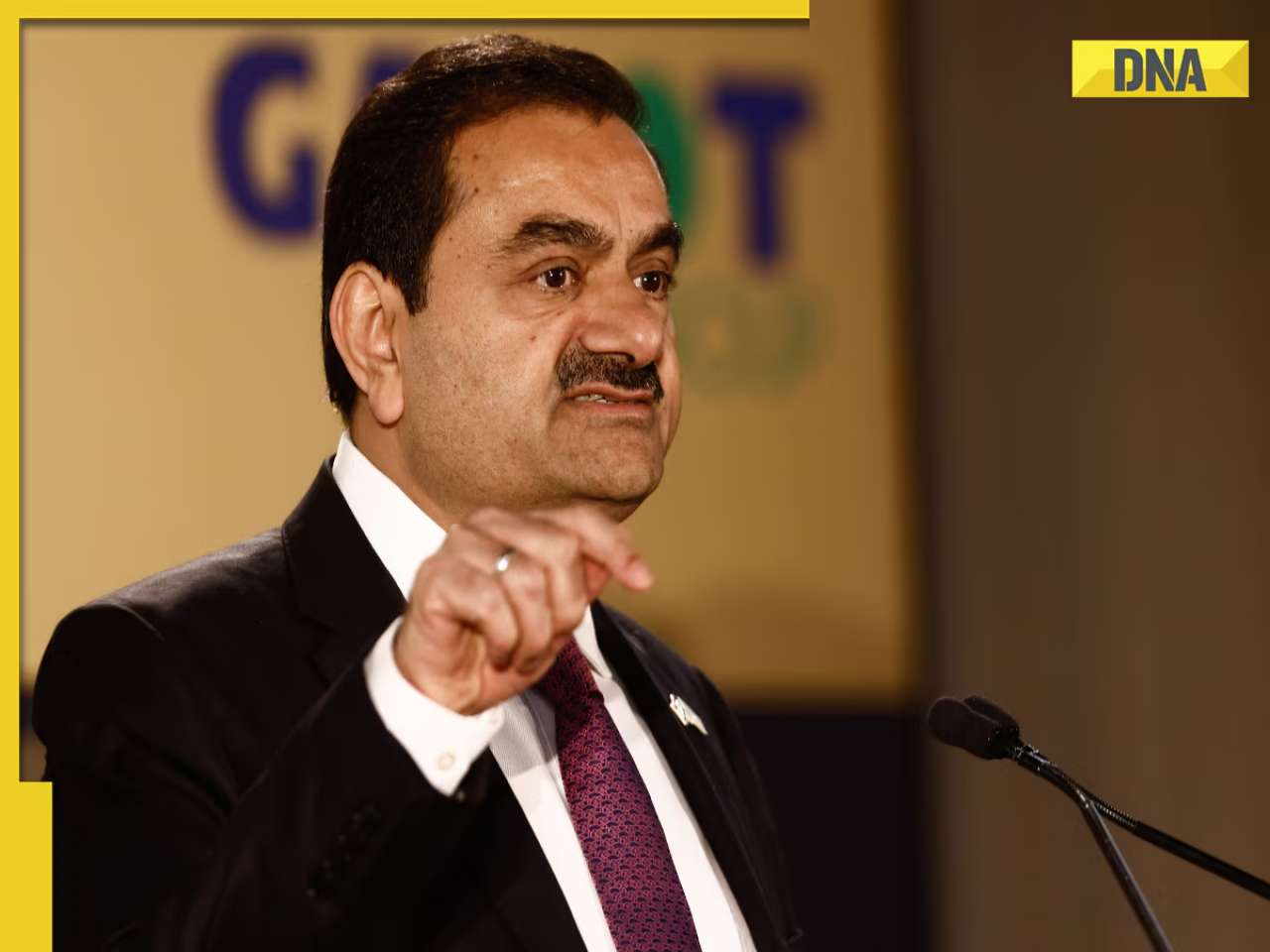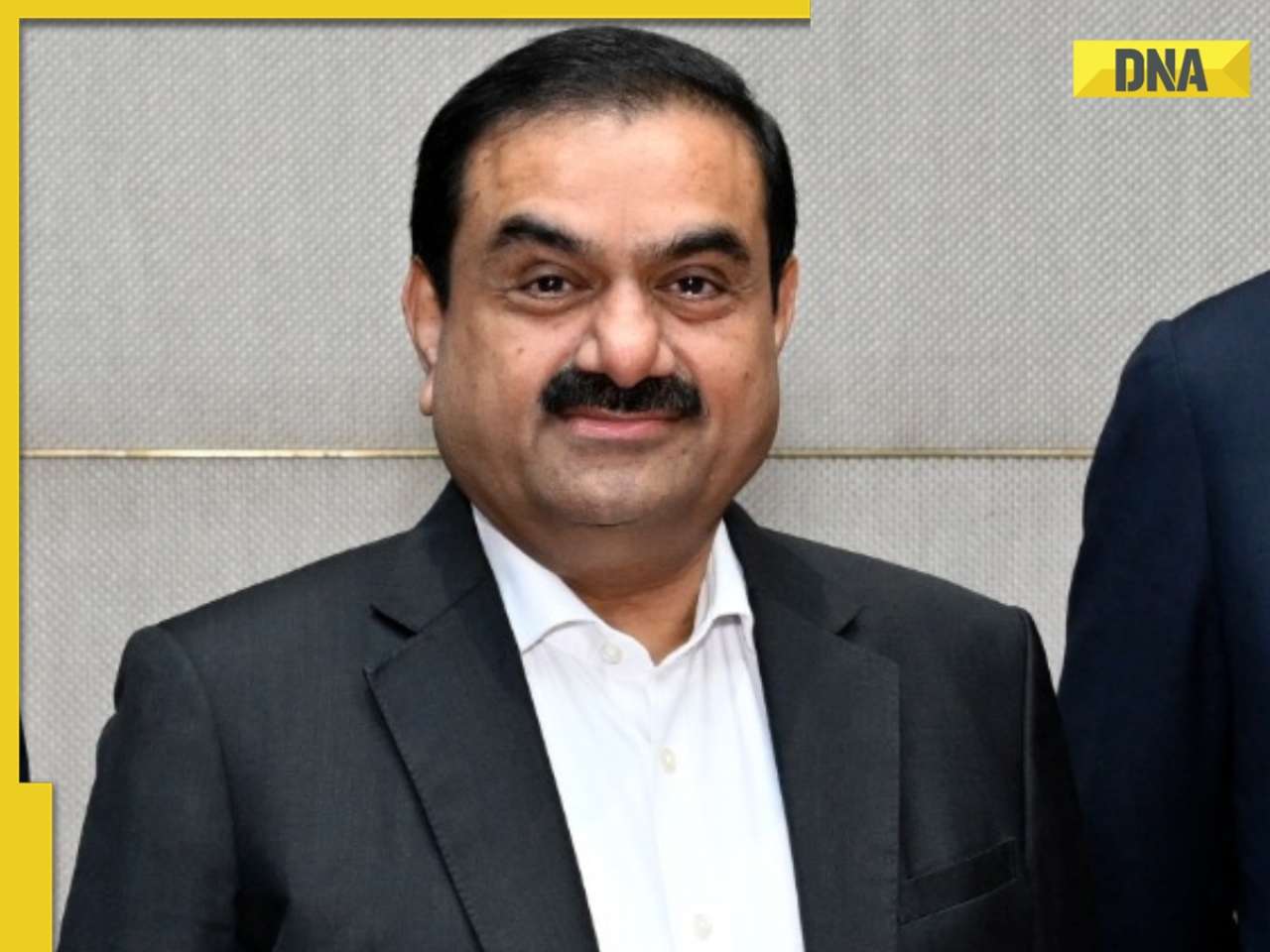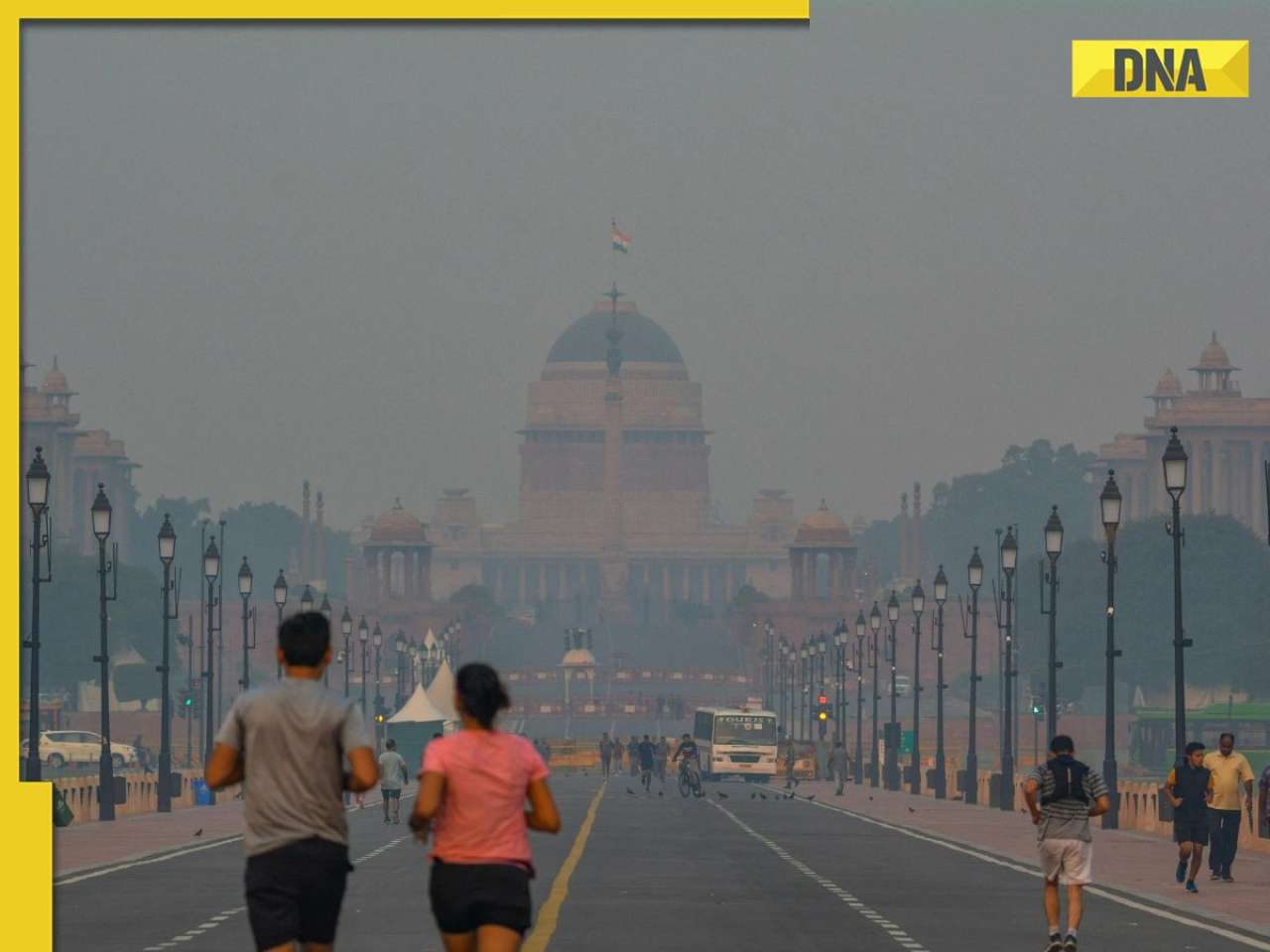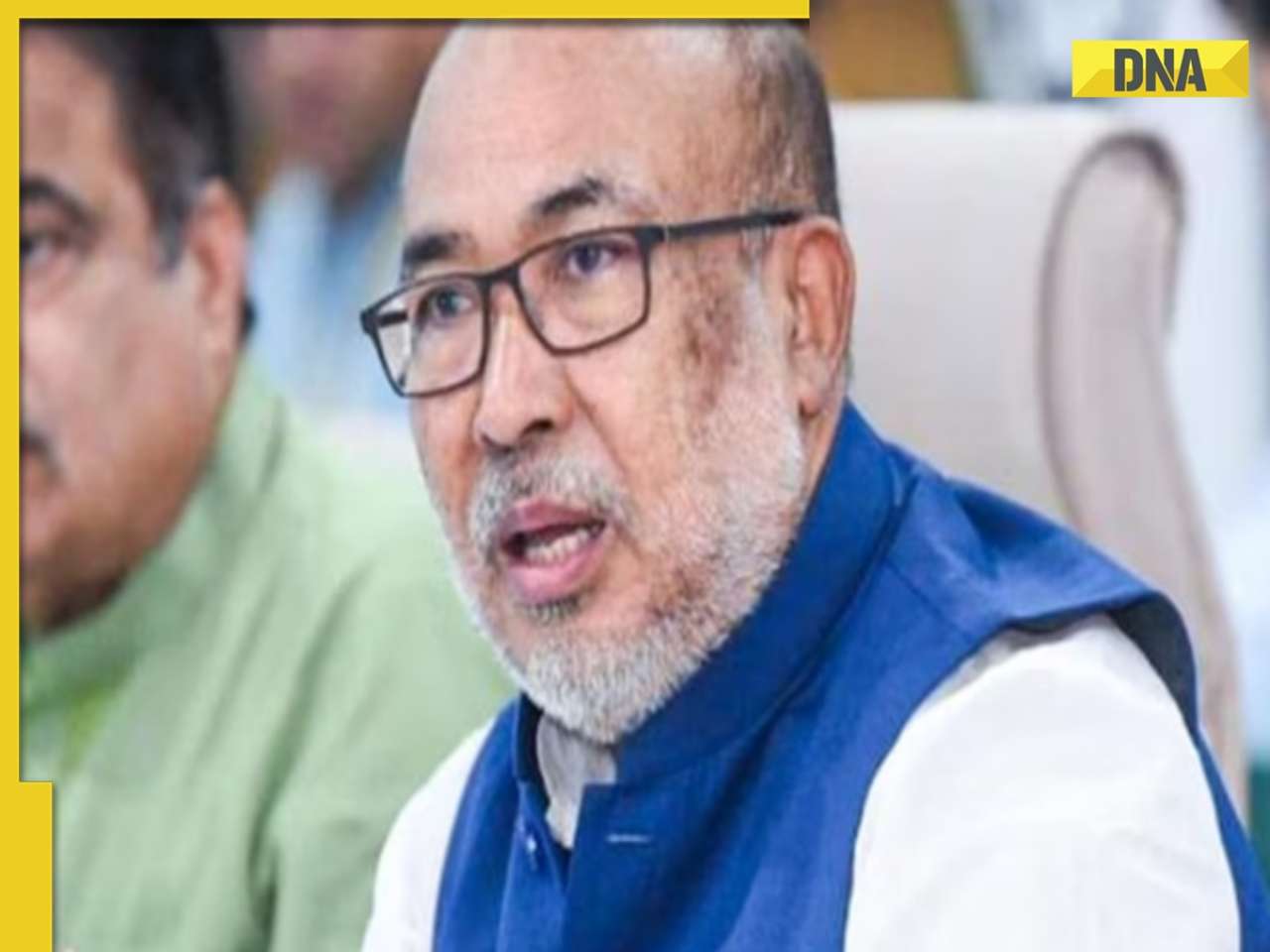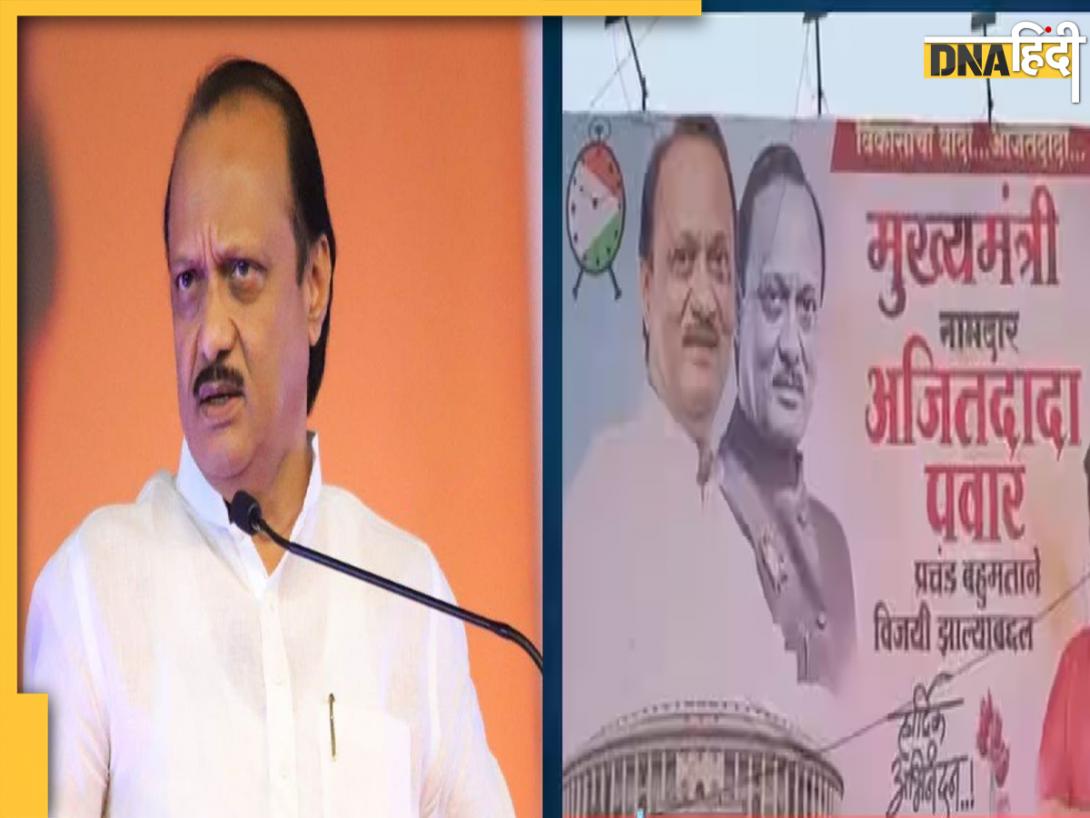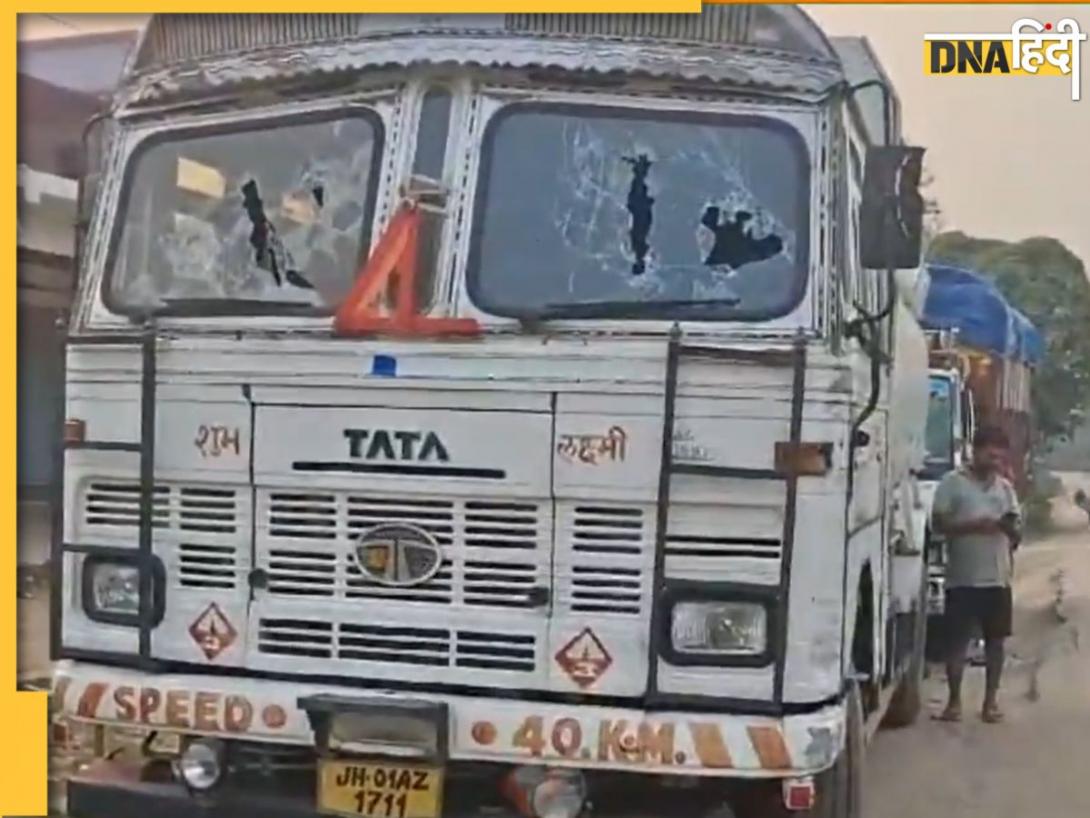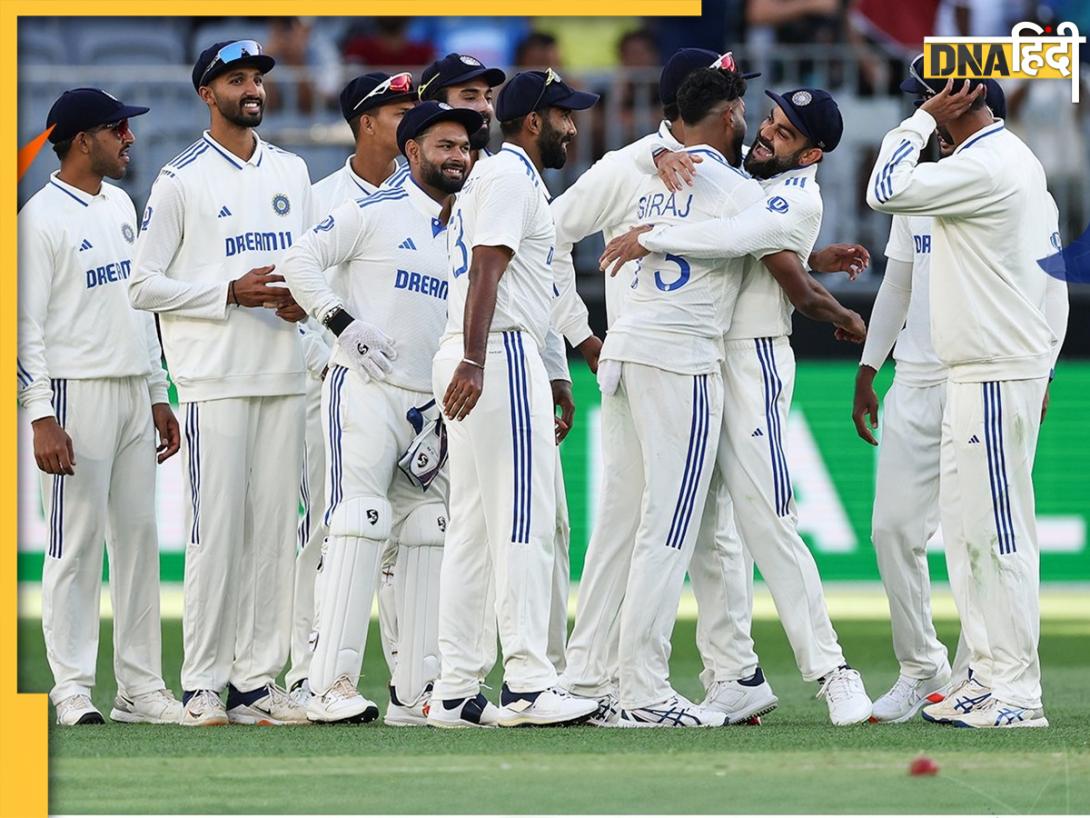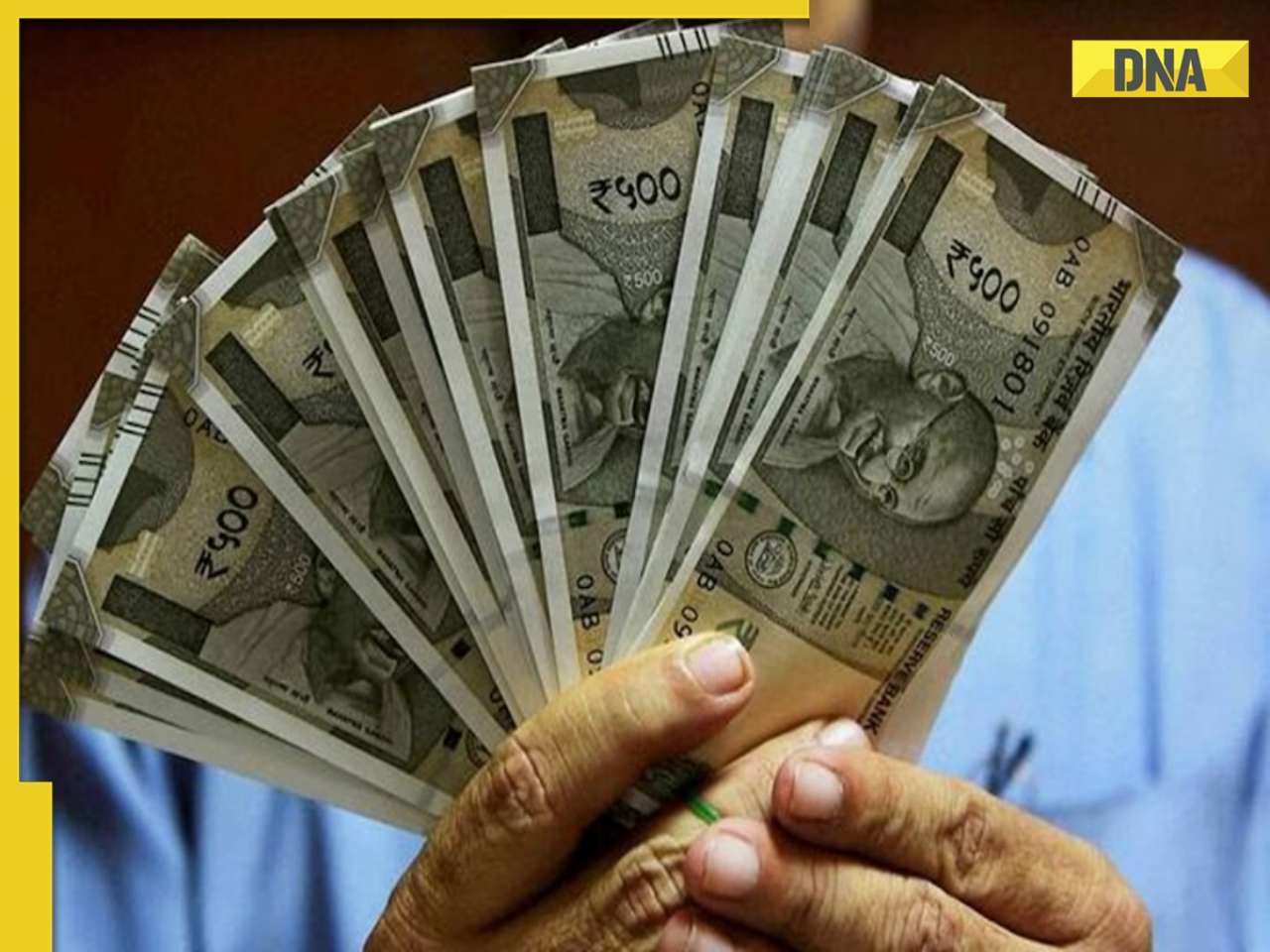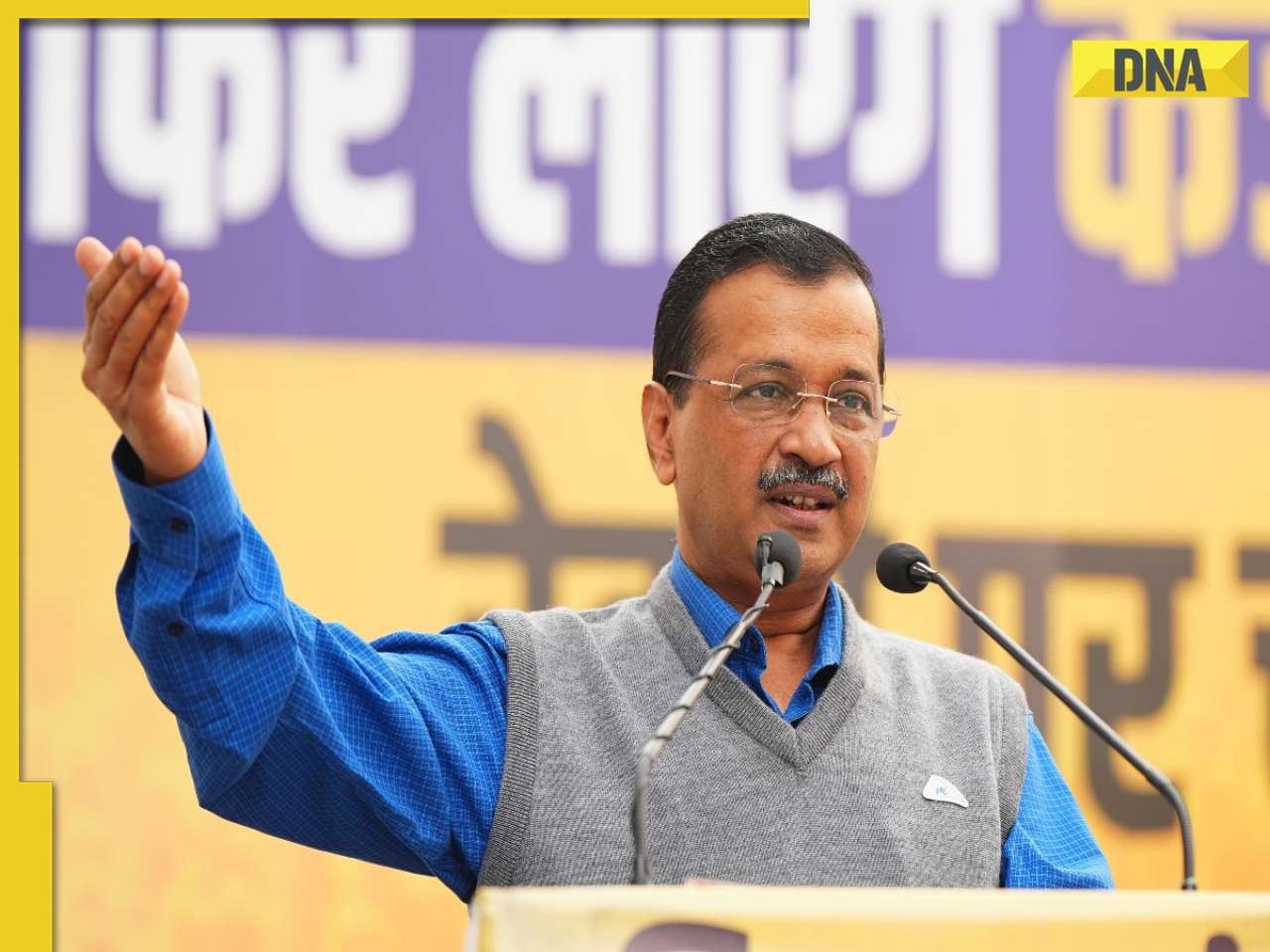- LATEST
- WEBSTORY
- TRENDING
INDIA
What is 'Jawahar point' on Moon surface? Know its connection with Chandrayaan-1 mission
The Prime Minister declared that "Shiva Shakti Point" will be the name given to the location where the lander "Vikram" made contact with the lunar surface. Additionally, he gave the name "Tiranga Point" to the location where the Chandrayaan-2 lander crashed-landed on the Moon's surface in 2019.
TRENDING NOW
Today, Prime Minister Narendra Modi traveled immediately from the Greek city of Athens to Bengaluru to meet with ISRO experts on the mission's success, Chandrayaan-3. The Prime Minister declared that "Shiva Shakti Point" will be the name given to the location where the lander "Vikram" made contact with the lunar surface.
Additionally, he gave the name "Tiranga Point" to the location where the Chandrayaan-2 lander crashed-landed on the Moon's surface in 2019. He also declared that August 23rd would be observed as "National Space Day" while speaking to the ISRO staff at ISRO Telemetry Tracking and Command Network (ISTRAC).
What is Jawahar Point and how does Chandrayaan-1 relate to it?
India's first lunar mission, Chandrayaan-1, was launched on October 22, 2008, from the Andhra Pradesh spaceport in Sriharikota. The spacecraft, which was equipped with 11 scientific equipment made in India, the USA, the UK, Germany, Sweden, and Bulgaria, traveled around the Moon at a distance of 100 km from its surface in order to study the Moon's chemical composition and mineral content.
Chandrayaan-1's Moon Impactor touched down on the lunar's surface on November 14, 2008. As anticipated, the MIP crashed close to the South Pole of the lunar surface at a location known as "Jawahar Sthal" or "Jawahar Point." This was presented to Jawaharlal Nehru, India's first prime minister, in recognition of both his birthday and the occasion.
READ | After Chandrayaan-3's lunar touchdown, ISRO aims to launch Aditya-L1 solar mission on Sept 2
In addition, the orbit of the Chandrayaan-1 mission was boosted to 200 km in May 2009 following the effective achievement of all of the principal mission's goals. Over 3,400 orbits of the Moon were conducted by the spacecraft.
The orbiter mission, which according to ISRO had a two-year mission life, was early terminated on August 29, 2009, when contact with the rocket was lost. The sole goal of Chandrayaan-1 was to orbit the Moon with an unmanned spacecraft. A NASA instrument placed on the Chandrayaan-1 mission of the Indian Space Research Organization discovered water on the moon's surface in 2009.
BJP spokesperson Shehzad Poonawala posted, "India first versus family first! ", on X (previously Twitter) after Prime Minister Modi named the Chandrayaan 2 touchdown site and the wrecked land site. Chandrayaan1's impact/landing spot was named Jawahar spot, and Chandrayaan2's was named Tiranga Point, whereas Chandrayan 3's was called Shivshakti Point.
The name Vikram Lander was given to Lander in honor of Vikram Sarabhai. Poonawala wrote, "Had it been UPA they would have never sent Chandrayaan 2 & 3 & if they did they would have named it Indira Point and Rajiv Point."
India first versus family first !
— Shehzad Jai Hind (@Shehzad_Ind) August 26, 2023
Impact/Landing point names on Moon
1. Chandrayaan1: Jawahar Point
2. Chandrayaan2: Tiranga Point
3. Chandrayaan3: Shivshakti Point
Lander was called Vikram Lander after Vikram Sarabhai
Had it been UPA they would have never sent Chandrayaan… pic.twitter.com/vCPy73NICG
(With inputs from PTI)

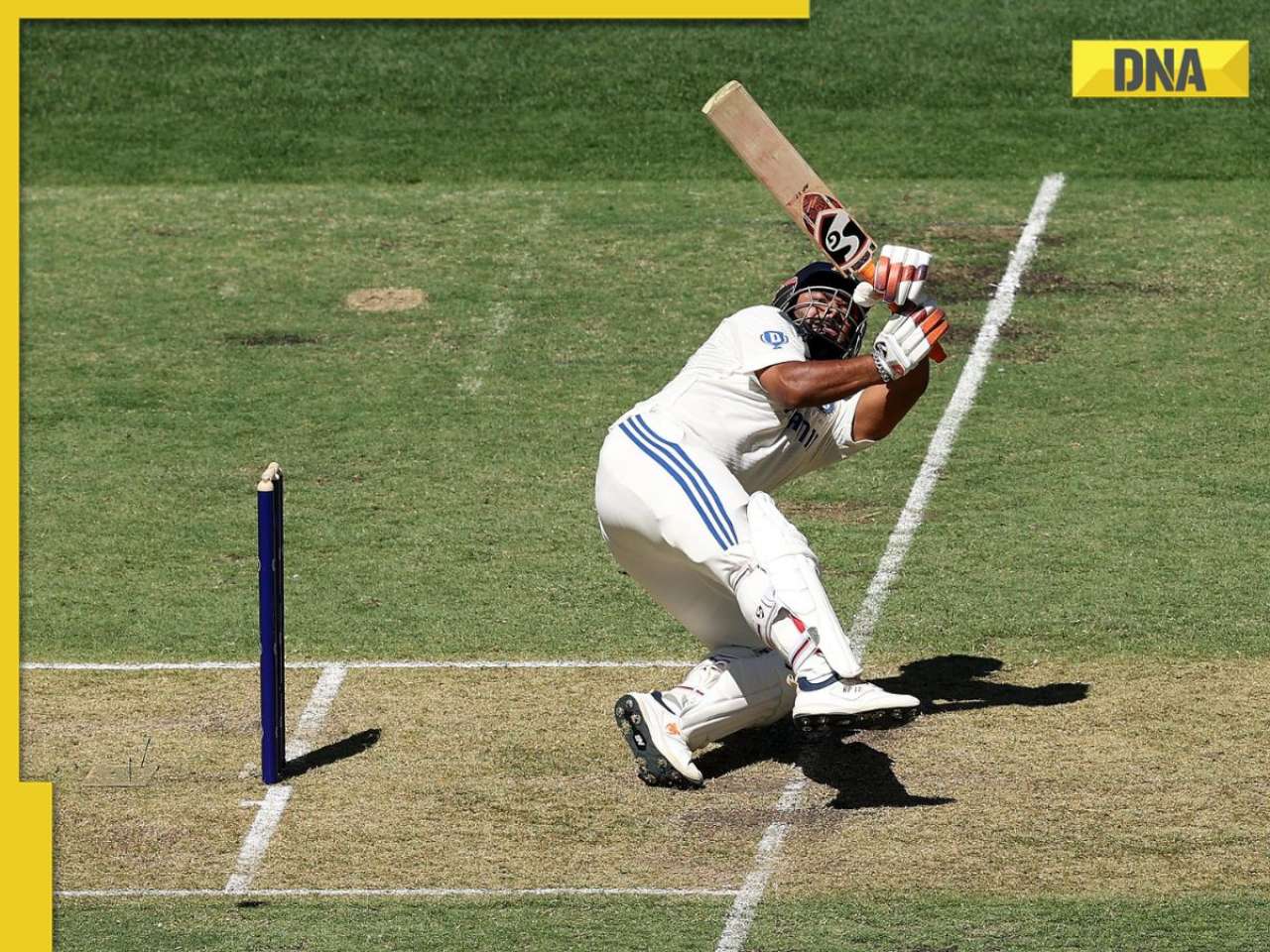





)
)
)
)
)
)
)
)
)
)
)
)
)
)
)
)







